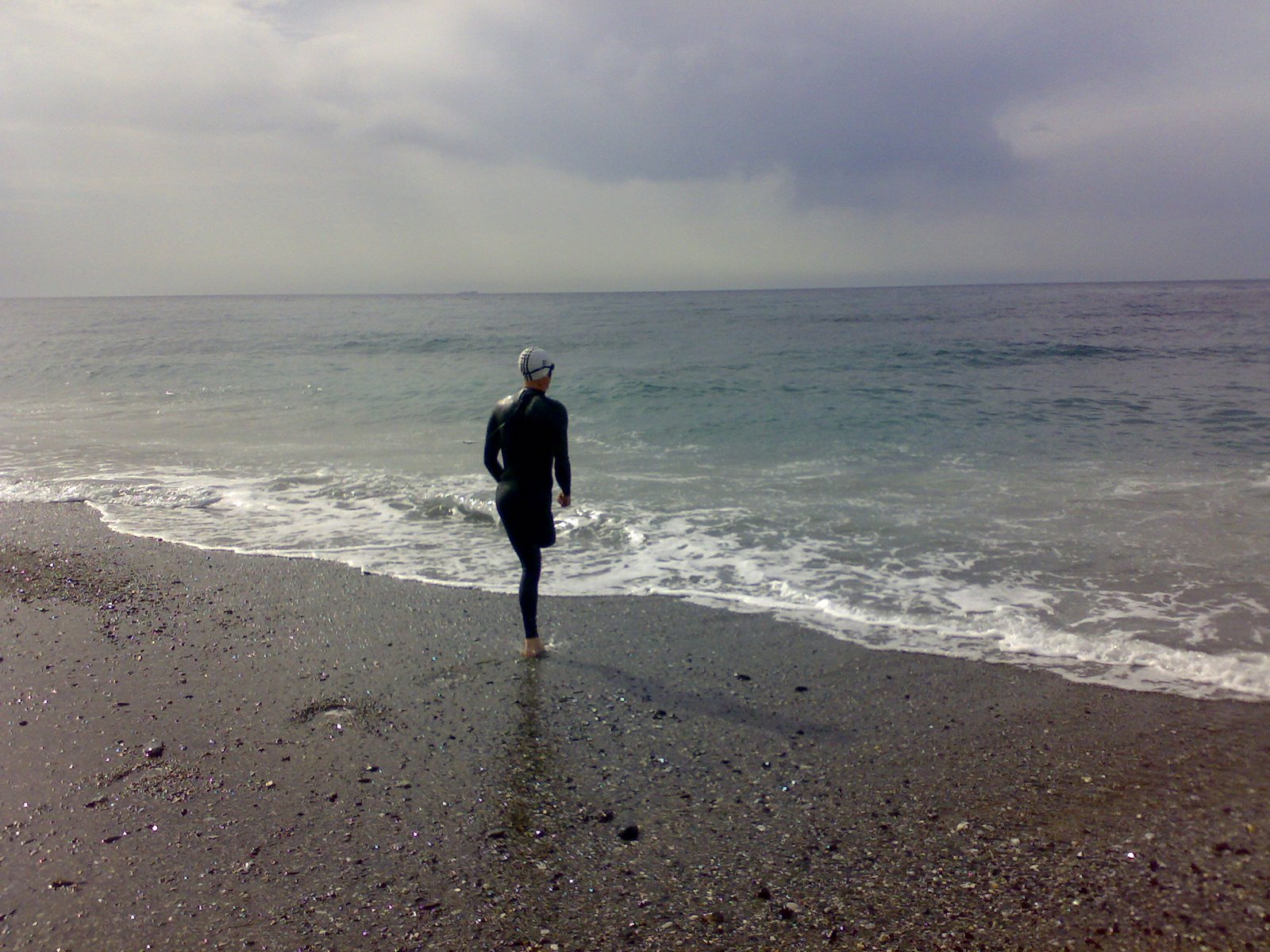
MIT, (Massachusetts Institute of Technology). Il prof. Hugh HERR con Salvatore CIMMINO
When I began my battle in the name of the integration of persons with disabilities, I couldn’t imagine, even remotely, to be able to achieve something so important: to bring my project to a world-class center of excellence such as the MIT (Massachusetts Institute of Technology).
I left Rome with the idea to share my vision and my thoughts on the issue of disability: I think we can tear down the barriers of mistrust and exclusion by getting to know better those who are forced to live daily with their discomfort, through a deeper knowledge of their needs, but also of their expectations and dreams, to make sure their disability is not the only driver of their life and future.
On the eve of this trip I had confessed to the people who are closest to me, that this was the most difficult stage to complete, because this time it was about defeating the obstacles of nature, but about sharing a very ambitious plan: to make new technologies accessible to the huge disabled population all over the planet.
This would mean creating a synergy between the most important players in their respective spheres of competence, to achieve a common goal. Not an easy task if we consider that these are people who, with their personal achievements, have marked the recent history of our planet.
The MIT was represented by Hugh Herr, Associate Professor, Media Arts and Sciences, Harvard-MIT Division of Health Sciences and Technology Director of the Biomechatronics Group and Prof. Ken Goldman, Head of Industrial Liaison Program and Corporate Relations, while Selex Galileo’s representatives were Michael Lenton, Group Business Development Director and John Innes, Land and Naval Development.
Before going any further, let me mention the mentors of this meeting: Alberto Sarti, CTO and Strategy Director at Selex Galileo and Ken Goldman, a wonderful person, with whom I proudly established a beautiful and sincere friendship during its preparation..
The meeting, as you can imagine, had been planned for some months, given Prof. Herr’s intense academic agenda. He nevertheless introduced himself with great simplicity, making me feel at ease and calming my anxiety.
I was really impressed, as everybody else, by his presentation, where he showed his achievements in the construction of prosthetic legs, which further confirm the purpose of this meeting: to reach the necessary economies of scale for the development and the production of these advanced implants in different versions, depending on the potential of the target markets, which are both the third world – prof.Herr has embarked on a program specifically for industrial amputees of Sierra Leone – and the more technologically advanced countries.
The results are really exciting both in scientific and functional terms and, if applied, they would lead to a remarkable improvement in the quality of life of amputees. The cost for the completion of the research programs is around 2-3 million dollars, as confirmed by the Professor Herr imself.
Well, I promised myself and promised him that, as far as I’m concerned, I will make all my resources available so that his research can become an accessible and usable reality.
My contribution, as always, will be through swimming: in September of next year I will swim in the Bay of Boston a stage of “Swimming in the seas of the globe”, and I hope that on this occasion we will be able to finalize a cooperation agreement between the MIT and Selex Galileo, one of crucial importance to improve the life of all amputees.
My dream is that other major institutions will join the MIT and Selex Galileo and contribute with their competences, to begin a process that originates from the industry, which can determine a substantial improvement in the lives of disabled people and kickstart a path of real integration.
I would like to share my enthusiasm with Intermatica, a leading satellite communications provider and with the Province of Rome, who have become part of the project since the stage in New Zealand; with Stefano Testini who has embraced my cause by taking care of the PR, and with Vico Fabbris, the world-famous artist whose idea of making a stopover in Boston was a seal on this ambitious project.
And, last but not least, only to emphasize her fundamental contribution, a special thank you to Mirta De Benedictis, Group Communications Director, who made my journey possible, and who has shared my dreams of integration and equality.
Merry Christmas and happy new year
Salvatore Cimmino


